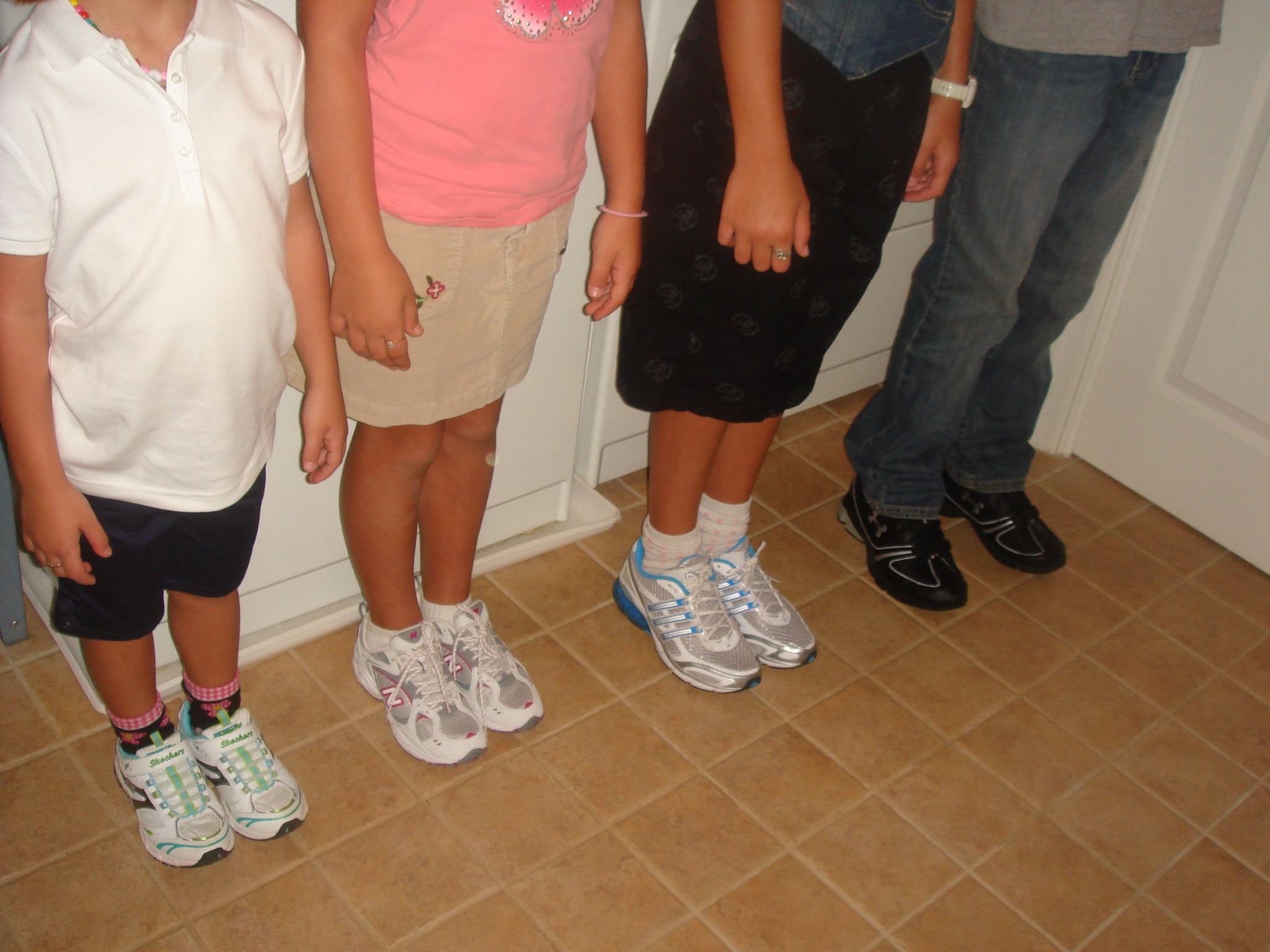As both Joe and I mentioned, every morning, the family team meets in front of the task wall for a standup meeting. During this brief meeting, each family team member reports his progress, articulates his plan, identifies his lids, and moves his cards. The pattern of the meeting goes like this:
- What did you do yesterday?
- What do intend to do today?
- What are your roadblocks to completing those goals?
As such, here is a standard recipe for a standup meeting (and some helpful guidelines we have identified for our own kids):
- Set a time for the meeting each morning. Publish it. Commit to it. Safeguard that time each day for the family team meeting. Age-able kids are responsible to report to the task wall on time for stand up.
- (Agreeing ahead of time when to meet avoids many logistical tussles as you herd cats to school each morning!)
- Family team reports to standup on time.
- (In our house, on time means standing up, with shoes on, backpacks and lunches packed and by the door, facing the task wall and ready to report on their progress.)
- Scrum Master calls meeting and identifies order of team member reports.
- (We alternate between designating order and a call for volunteers. We like to mix it up.  birth order, reverse birth order, best smile, most eager, most obviously concerned, etc.)
- Individual team members report progress to the team and moves his cards one by one until the entire team has had an opportunity to present.
- As individual team members identify lids, the Scrum Master makes suggestions to aid their task completion, or sets up a time to pull up with a team member at a designated time after the meeting for further problem-solving discussion.
- After team members report, family team acknowledges and celebrates accomplishments.
- (We do Quality Claps, yes, we even have a Quality Clap song, high fives, hugs, and “Atta boy/girl!†variants. We end each meeting with a family cheer, all hands in, just like at a U10 soccer game, ‘1, 2, 3, Gooooooooo, Meeeeaaaadddeeessss!â€
Quick Miscellaneous Guidelines:
- Keep it brief and keep it positive!
- No apologies. The standup is a verbal snapshot. It’s a point on a completion map. All we report in a stand up is “I am here.â€
- Avoid punitive discussions during standup. Safeguard space to identify lids and problem solve.
- It’s okay to ask, “What’s your plan?†or “What will happen if that doesn’t workâ€Â This allows the kids to take responsibility and identify outcomes based on their choices.
- We stand up during standup. (We avoid sitting, leaning and slouching… not because we’re soliders, but because it helps keep things brief and positive.)
- No blaming. No finger pointing. Standup meetings identify where team members are in the process of moving their cards. Team members are where they are.
- No criticizing, complaining whining, or as our boy would say, “sobbing.â€
- We monitor the board between meetings. Nothing wrong with saying, “Hey, I notice you still have three music cards to move,†on a Thursday.
- We refer kids to board between meetings.  “What are you doing? What should you be doing?”
- We establish guidelines to help kids get things done. For example, we have committed to practice musical instruments before afternoon snack.
